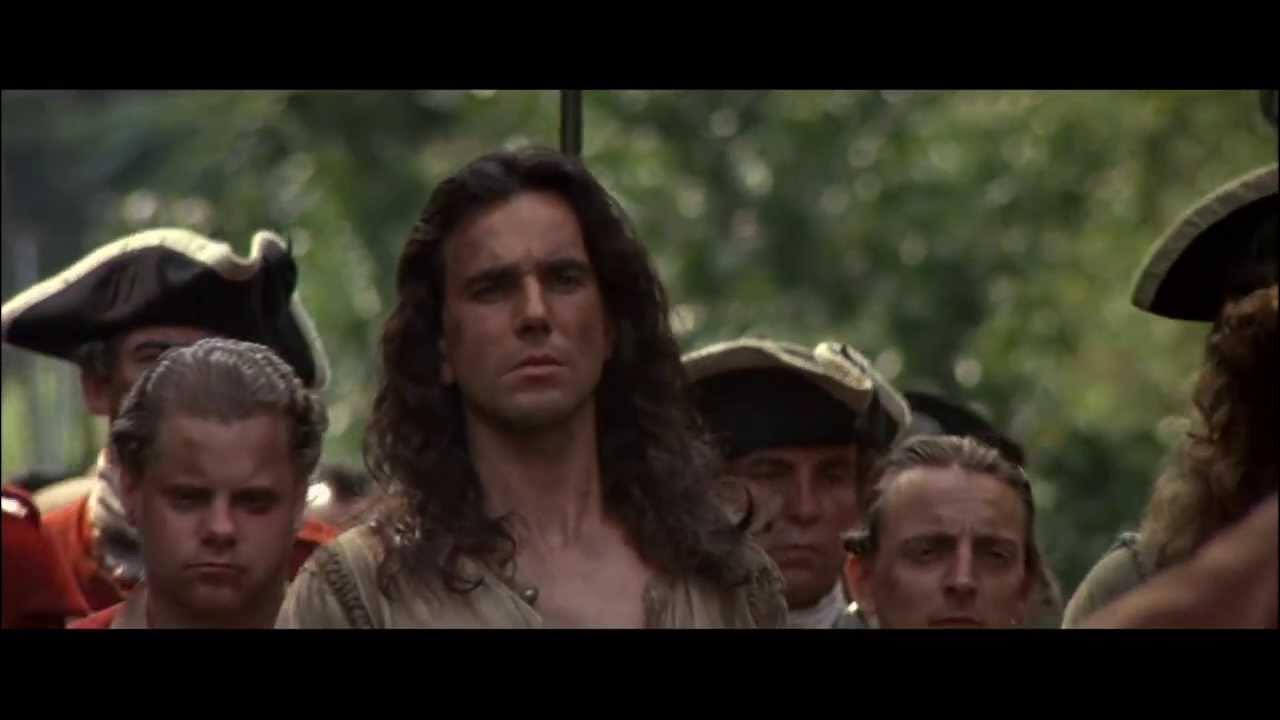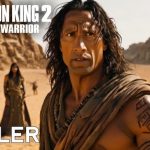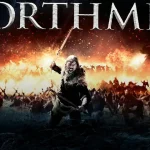The Last of the Mohicans (1992)
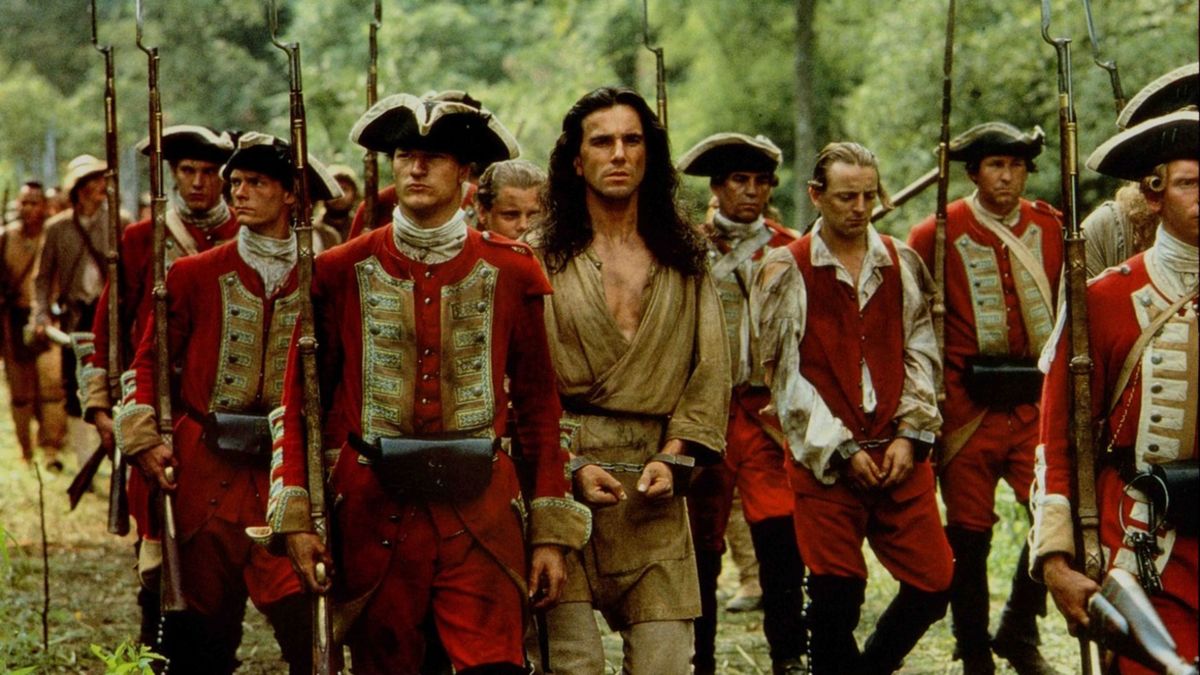
Set against the rugged backdrop of the American frontier during the French and Indian War, The Last of the Mohicans (1992), directed by Michael Mann, is a cinematic masterpiece that blends romance, adventure, and tragedy. Adapted from James Fenimore Cooper’s classic novel, the film tells the story of Hawkeye, a frontiersman raised by the Mohican tribe, and his journey to protect Cora Munro amidst a brutal conflict. Through its breathtaking visuals, intense action, and heartfelt romance, the film explores themes of love, loyalty, and cultural identity in a world on the brink of change.
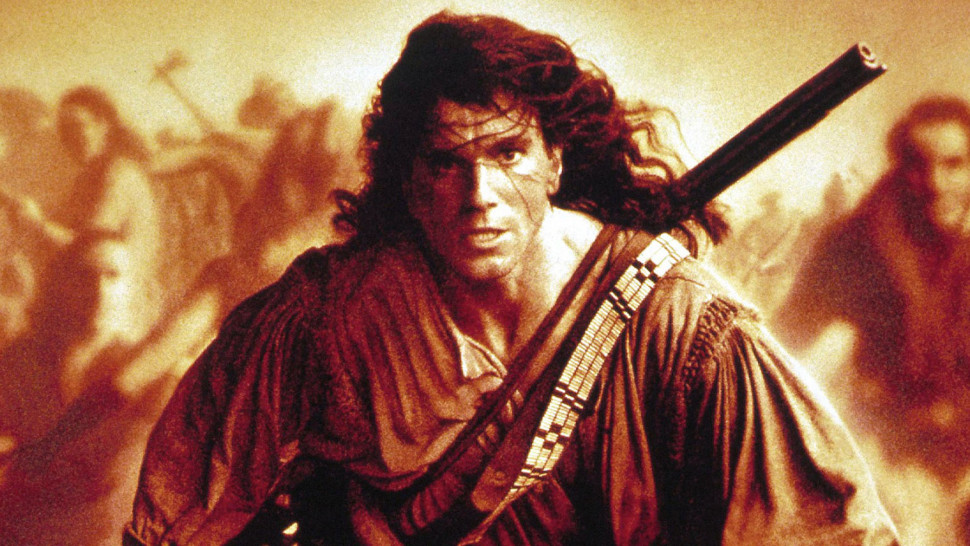
At its core, The Last of the Mohicans is a story of love forged in adversity. The romance between Hawkeye, played with rugged charisma by Daniel Day-Lewis, and Cora Munro, portrayed by Madeleine Stowe, is both passionate and poignant. Their connection transcends societal boundaries, as Hawkeye, a man of the wilderness, and Cora, a refined Englishwoman, find solace in each other amidst chaos. Their love is not just a personal bond but a symbol of unity in a divided world, challenging the rigid divisions of class and culture prevalent in the 18th century.
The film also delves into the clash of cultures, portraying the struggle of Native American tribes caught between European colonial powers. The Mohicans, represented by Chingachgook and his son Uncas, embody a vanishing way of life, their dignity and strength contrasted with the encroaching destruction of war. The tragic arc of Uncas and his unspoken affection for Alice Munro underscores the fleeting nature of hope in a world ravaged by conflict. Through these characters, the film mourns the loss of indigenous cultures while highlighting their resilience and humanity.
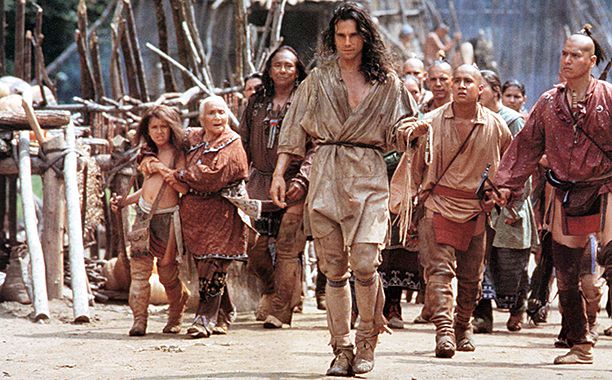
Visually, The Last of the Mohicans is stunning, with sweeping landscapes of the American wilderness and a haunting soundtrack by Trevor Jones and Randy Edelman that amplifies the film’s emotional depth. The action sequences, particularly the heart-pounding ambush scenes, are masterfully crafted, blending raw intensity with moments of quiet tenderness. Mann’s direction ensures that every frame serves the story, creating a balance between epic spectacle and intimate human drama.
In conclusion, The Last of the Mohicans (1992) is more than a historical drama; it is a timeless exploration of love, sacrifice, and survival. Its portrayal of a world in flux resonates with audiences today, reminding us of the enduring power of human connection in the face of adversity. Through Hawkeye and Cora’s love, the Mohicans’ resilience, and the film’s unforgettable imagery, it leaves a lasting impression as a powerful ode to the strength of the human spirit.
